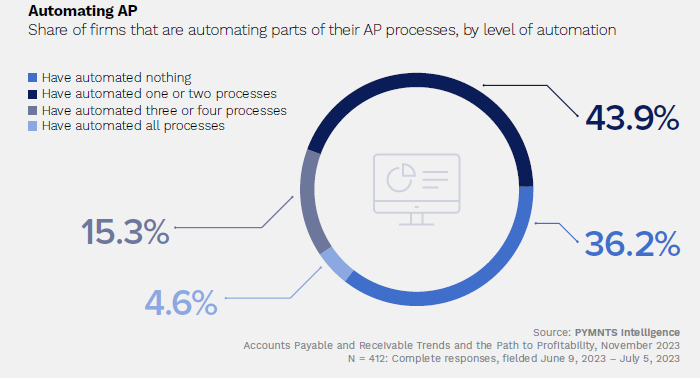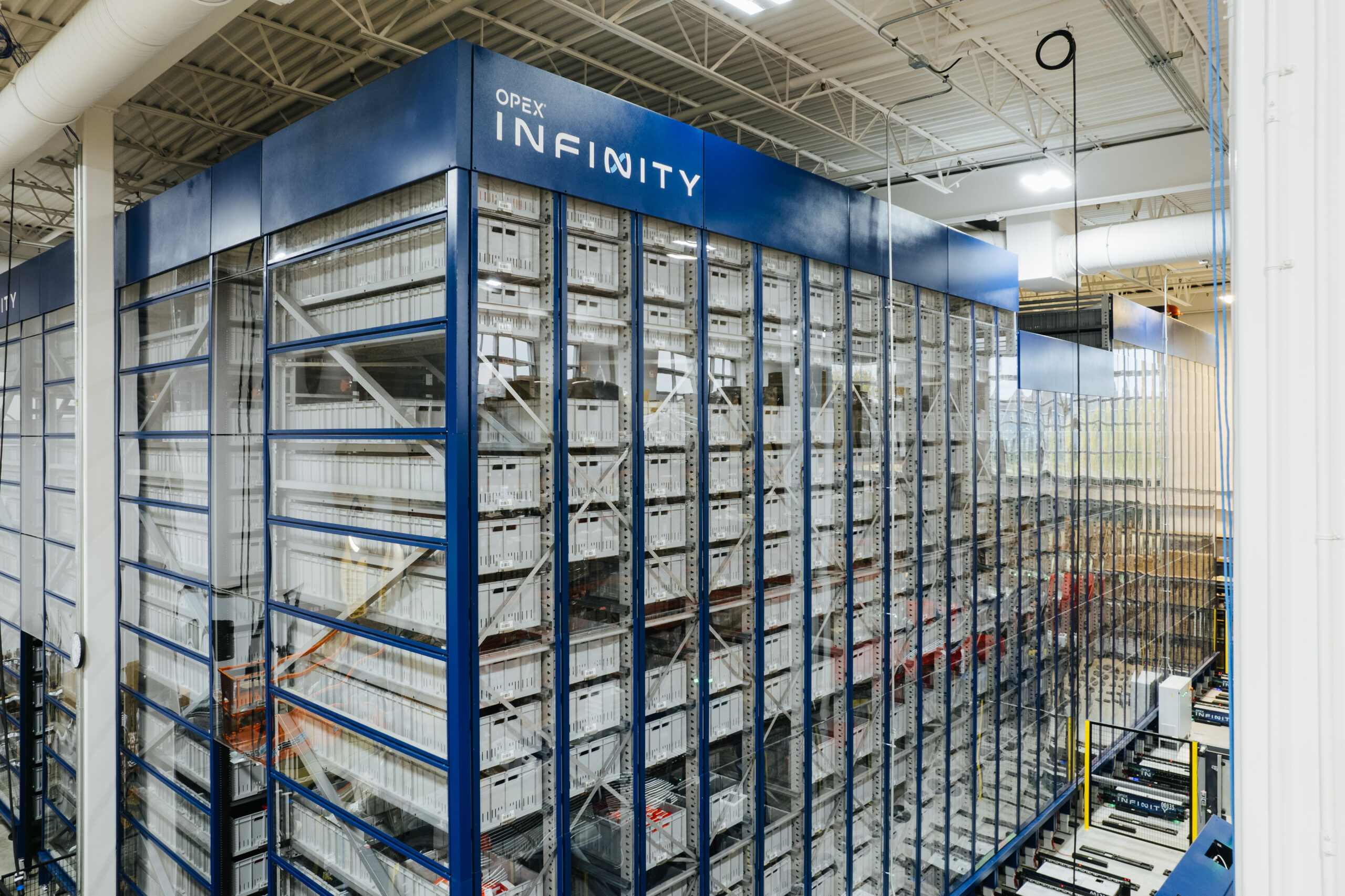Have you experienced cuts to jobs or wages at your facility since the UPS contract was passed? Contact the WSWS by filling out the form below. All submissions will remain anonymous.
Two and a half months after the “passage” of the sell-out United Parcel Service contract, there are growing signs that cuts in jobs and wages are imminent. UPS is seeking to recoup its small cost increases under the new contract to offset decreasing volumes resulting from the ongoing recession in the shipping sector, and to accelerate the shift to automation which is a clear threat to jobs.
The contract was “ratified” as the result of carefully-orchestrated theatrics by the Teamsters union, which spent months falsely claiming it was prepared to call a national strike. In reality, the union did not even bother to make preparations to strike and constantly walked back each of its “red lines,” eventually announcing a deal at the last minute which it claimed was the product of a “credible strike threat.”
From the beginning, the contract was a sellout which falls far below workers’ demands. The new $21 per hour starting rate for part-time workers does not come close to making up for nearly four decades of declining wages, and the contract freezes increases to pension contributions in many areas of the country. It does not even secure air conditioning in vehicles for the vast majority of delivery drivers. The contract was eventually declared “ratified” under dubious circumstances, in an online balloting process with significant vulnerabilities.
However, the full extent of the betrayal is only now becoming clearer. A recent article in FreightWaves explicitly states that Teamsters general president Sean O’Brien and his negotiators understood that jobs would be lost due the company’s move to automation and to lower package volumes. Law professor and Teamsters insider Michael Duff is quoted as saying, “I believe the Teamsters, at some point, just said that ‘These [job losses] are costs we are willing to live with.’”
UPS has already begun to automate many tasks inside its facilities with the goal of reducing its 140,000 part-time workforce inside its sortation centers in the next couple of years. As recently as September 29, UPS announced it was implementing “pick-and-place” technologies to move packages onto conveyor belts for sorting, a robot to unload trailers, and driverless inside vehicles to move items that cannot be processed by automated sorting.
Speaking with FreightWaves, Alan Amling, a former UPS executive said, “As wages rise, the relative cost of technology drops. I expect you will see accelerated investments in technology that help employees become more productive, and in some cases, replace them.” Amling predicts job cuts will come from attrition as job growth at UPS shrinks close to zero in the coming years. Analysts speculate UPS will save $3 billion a year in labor costs through automation.
The new contract contains virtually no protections against job losses due to automation. It only requires UPS to notify the Teamsters forty-five days in advance of the implementation of new technologies. However, it is clear that the new automation in some sorting centers was well underway before the recent contract was put to a vote, or more likely, before negotiations began, and the union stayed quiet about this development.
As previously reported by the WSWS, this was the plan all along, according to UPS CEO Carol Tomé who stated, “[W]e can put together plans to mitigate that cost, plans to drive productivity inside of our business through automation, which, oh by the way, we retained the ability to do so.”
Refuting the claim of the historic pay increase promised by the agreement, rank-and-file UPS workers are reporting to the World Socialist Web Site that they are experiencing sharp wage cuts under the new contract. In some cases, market rate adjustments (MRA), or local wage increases beyond the contractual wage rates designed to attract enough workers in higher-cost areas, are being rescinded as the new hourly pay structure under the new contract takes effect, causing workers in larger markets to make less than they did before their “raise.”
A UPS worker with an MRA transferred over a year ago from a Pacific Northwest city to a Midwestern city told the WSWS he initially kept his MRA after moving, but after the contract ratification, it was taken away and he is making $9 an hour less.
According to UPS Chief Finance Officer Brian Newman in an interview with CNBC, the new wage rates are intended to do away with MRA’s entirely, under which many workers were already making more than the new starting rate of $21 per hour. This means that, in some cases, workers are making even less, than they did before the “raise.”
UPS began slashing jobs last summer in the face of the ongoing shipping recession brought on by the slowing demand from e-commerce and the impact of rising interest rates. Hours were cut by 10 percent and 2,500 management jobs were eliminated. In August, almost 200 senior pilots at UPS accepted buyout packages rumored to be $360,000 after UPS sought to eliminate only 167 positions out of 3400 pilots.
According to a worker at the company’s Worldport air freight hub in Louisville, Kentucky, management has warned the roughly 8,000 employees at the facility that the holiday peak season will be nearly non-existent for them this year, due to both declining volumes overall at UPS and the diversion of volumes to other air facilities. The new contract is also offering a pension bonus to anyone who retires during the life of the agreement.
The company has also eliminated the “pre-trip” position at Worldport, a less physically-demanding job typically held by higher seniority workers. While this is likely being done to pressure these older workers into retirement, these higher-seniority workers also will have the right to “bump” more junior workers from their jobs. A senior worker who is close to retirement would not only be put back into a lower-seniority job that is more physically demanding for the remainder of their career, but the displaced junior workers themselves would retain “bump” rights over worker with even less seniority.
Subsequent developments have proven correct the statement by the UPS Rank-and-File Committee, which was founded to oppose the sellout by the Teamsters bureaucracy, and which declared upon the ratification of the contract that workers “went into this contract one of the most exploited unionized workforces in the United States–and have come out the same.”
Pointing to the serious questions surrounding the integrity of the vote and the circumstances in which it was held, the committee announced a rank-and-file investigation into the contract. “An illegitimate vote can only produce an illegitimate result,” it declared. “The bureaucracy will use the result to claim there is huge support for them and this contract. But that is a lie. The whole procedure, from start to finish, was manipulated to produce the desired outcome.”
The statement concluded, “The ‘ratification’ of this deal resolves nothing for UPSers. The problem we face is the same: the fight for workers’ control. We intend our investigation to be a critical step in this fight, exposing the bureaucracy’s lies and providing workers with the information that we need in order to mount a collective fight for workers’ interests.”









